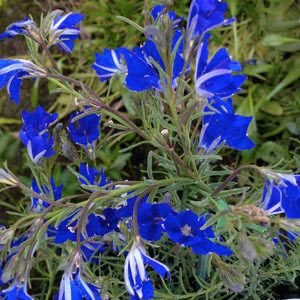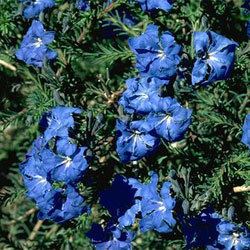Genus Lechenaultia Rank Species | ||
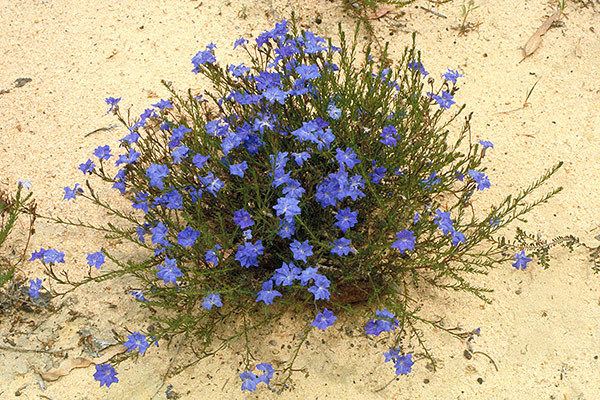 | ||
Similar Lechenaultia, Eremophila nivea, Anguloa clowesii, Cymbidium canaliculatum, Tree aloe | ||
Lechenaultia biloba, commonly known as the blue leschenaultia, is a plant in the family Goodeniaceae native to Western Australia. It was described in 1839 by John Lindley. The species name refers to the two corolla lobes of the flowers. It is a very variable species.
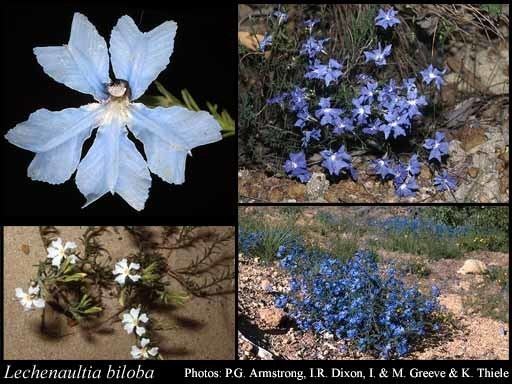
No type specimen was originally recorded, but David Morrison in his 1986 paper on the genus selected a lectotype that was collected in 1839 by James Drummond near the Swan River. Augustin Pyramus de Candolle described L. grandiflora from a collection from the Vasse River, which was synonymised with L. biloba by George Bentham and subsequent authors.
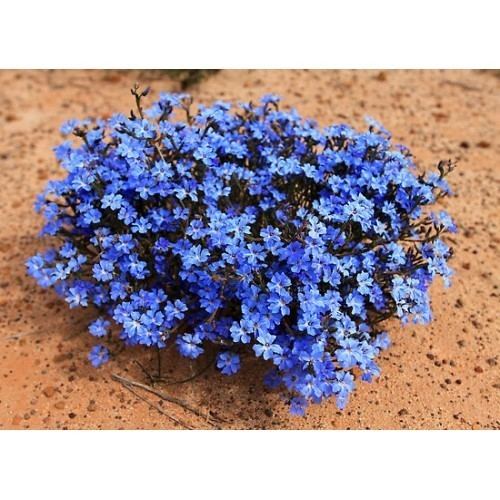
Lechenaultia biloba is the type species in the section patentes in the genus. Its closest relatives (according to a cladogram based on morphological features) appear to be L. stenosepala, L. expansa and L. pulvinaris.
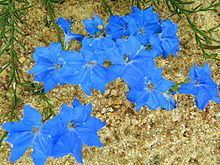
Lechenaultia biloba grows as a spreading shrub, anywhere from 15 cm to 1 (or rarely 1.6) m high. The grey-green to green leaves are linear and 6 to 15 mm long and 1 mm wide. Flowering takes place from July to December. The flower colour varies from dark blue to light blue to cream, with a range of colours sometimes appearing in a single population of plants. Cream-flowered forms are found on the western sandplains.
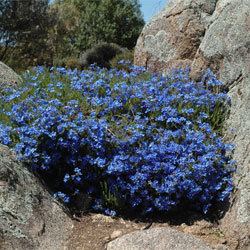
Lechenaultia biloba is found across a wide swathe of Western Australia, from the Geraldton sandplains south through to the southwestern corner of the state and east to Esperance. It grows on granite- or laterite soils, where it is found on hills or flat areas.
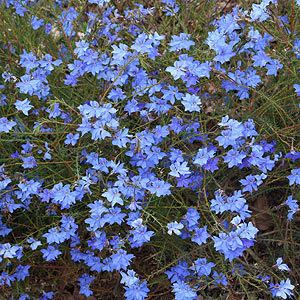
The most familiar member of the genus, L. biloba is commonly grown in Australian gardens. Renowned for its vivid blue flowers, it was first grown in the United Kingdom in the 1840s. Many cultivars were sold in the 1960s that are no longer available. It grows best in well-ventilated locations with very good drainage, otherwise it is prone to fungal disease, in particular grey mould (Botrytis cinerea) of the branches and soil-borne Phytophthora and Pythium, and is often short-lived, lasting four to six years in a good location, or perishing within a year in a poor one. It is readily propagated by cuttings.
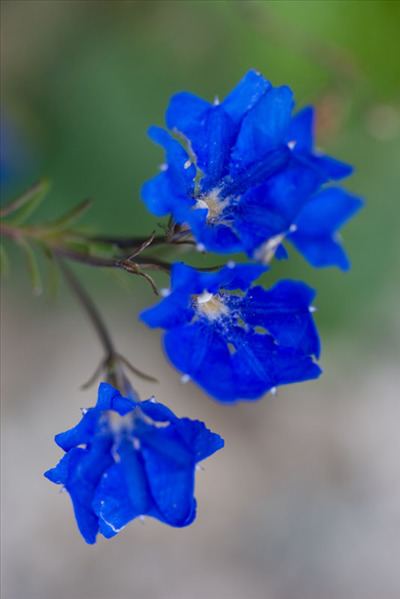
Lechenaultia biloba is grown in rockeries or hanging baskets.
